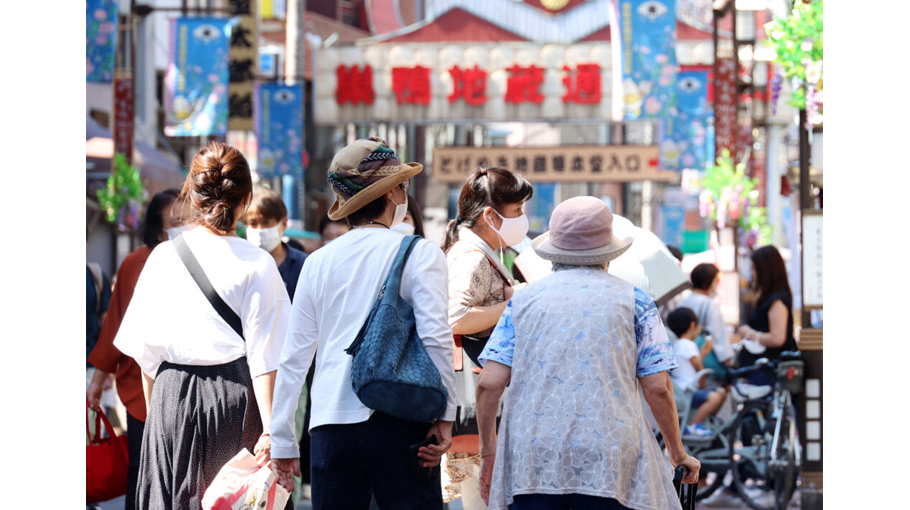Combating depopulation in Japan

Japan’s population began to decline after peaking at 128 million in 2008, registering 125 million in 2022. If this trend continues, Japan’s population is projected to decline to 63 million in 2100, half of its population in 2022. Behind the trend lies Japan’s declining birth rate.
Japan’s birth rate declined from 9.5 births per 1000 women in 2000 to 6.8 per 1000 in 2020. A declining population and birth rate coupled with long life expectancy have resulted in an aging population. The proportion of the population aged over 65 increased from 17.4 per cent in 2000 to 29.0 per cent in 2022 and is projected to rise to 41.2 per cent in 2100. In contrast, the working age population (people aged between 15 and 64) declined from 68.1 per cent of the population in 2000 to 59.4 per cent in 2022, and is projected to decline to 51.1 per cent in 2100.
There are several reasons for this depopulation. One is the high economic cost of having and raising children. This is a particularly acute problem for low-income households, in which the wage earners are often non-regular workers. According to a report on household income by the Ministry of Health, Labour and Welfare, the average disposable income of a household headed by a non-regular worker is approximately 60 per cent of one headed by a regular worker. This problem may reflect a widening income gap.
Another reason is changing lifestyles. In the past, a typical family was a man and a woman who get married before they are 30 and then have children. The wife raises these children while the husband earns an income. This pattern changed as people began to pursue their own aspirations and society began to accept diversity. Reflecting this change, the number of marriages per 1000 people declined from 10 in 1970 to 6.4 in 2000 and to 4.1 in 2022.
The consequences of the declining and aging population are substantial. Japan’s GDP is bound to decline with the decline in the working-age population unless there is a large increase in productivity. This decline can be slowed by extending the retirement age to increase the number of older workers and by increasing female participation in the workforce. But even these strategies will not solve the fundamental problem of a declining working-age population.
Labour shortages have already begun to impact various sectors and professions. An increasing number of small and medium-sized enterprises have closed because of a lack of successors. Professions that provide social and public services such as teachers, doctors and caregivers are facing acute labour shortages. The negative economic impacts of depopulation are also being felt acutely in rural areas. The negative economic impacts of an aging population will inevitably cause Japan’s living standard to decline.
Shujiro Urata is Chairman at the Research Institute of Economy, Trade and Industry, and Senior Research Advisor to the President of the Economic Research Institute for ASEAN and East Asia.
Source: East Asia Forum


